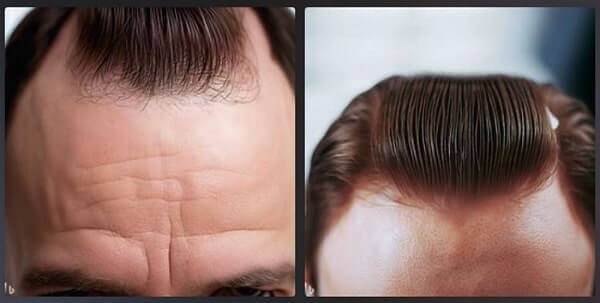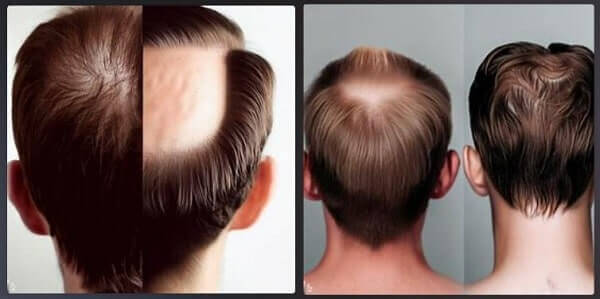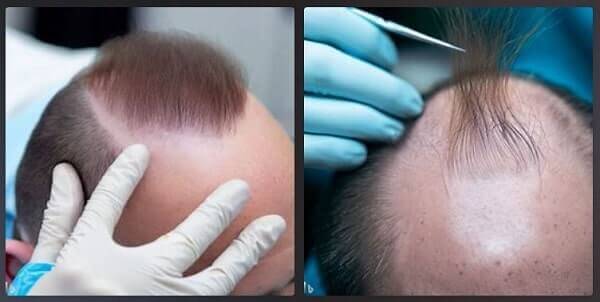
Artificial Intelligence (AI) is all the rage in 2023. This is entirely due to the release of the ChatGPT (Chat Generative Pre-trained Transformer) chatbot from OpenAI in November 2022. Most people seem to already be impressed with this technology in its first iteration.
At the time of release, ChatGPT was based on OpenAI’s GPT-3.5 language model and only included information and data through 2021. This was since supplemented with the latest GPT-4 language model that was released on March 14, 2023.
Moreover, after Microsoft Bing added ChatGPT into its new search engine (only available on the Edge browser), the chatbot’s data includes the latest information from 2023. When used inside Bing, the chatbot also cites sources and references that it finds from the Bing search engine.
As the AI chatbot plus search engine battle accelerates, Alphabet (via Google) launched its own new Bard chatbot and Baidu (China) launched Ernie. Google is being more cautious with Bard in comparison to Microsoft with ChatGPT. It would be ironic if the global dangers of AI (and personal data collection) are ultimately in the hands of the Bing, Google and Baidu search engines.
Sure would be ironic if civilization ended because of a fight over browser/search market share
— Elon Musk (@elonmusk) March 24, 2023
Everything is moving at breakneck speed, although I am not one to trust AI content without detailed verification on my part. On a related note, check out my 2021 post on Alphabet-owned DeepMind’s Alphafold protein database; and my 2022 post on artificial intelligence and drug discovery.
Bing Image Creator Just Launched
I was initially planning to write a post on ChatGPT and how it responds to questions related to hair loss. However, then something even more interesting happened:
On March 21, 2023 Bing launched the groundbreaking Bing Image Creator. It is powered by DALL-E, also from OpenAI.
The old adage is now updated:
“A (fake AI-created) picture is worth a thousand words.”
As Deepfake voice and video artificial intelligence technology continues improving, perhaps someone will create a new adage:
“A (fake AI-created) video is worth a thousand pictures.”
Fake AI Generated Hair Transplant Before and After Photos
Over the years, I have seen numerous examples of hair transplant clinics using before and after patient photos from other clinics as their own. It is an epidemic according to some surgeons. Even when it comes to my own site, I regularly find other spammy sites plagiarizing and scraping my photos, logos, images and content.
But now we have Bing Image Creator that is free to use. No need to plagiarize photos from other people anymore. Moreover, other AI image creation software products (not free) such as Midjourney and Stable Diffusion already became popular in 2022.
The quality of these images is still subpar on some occasions. e.g., the below are two of the four images I got generated for “hair transplant before and after“. It seems like the AI prefers hair transplant results on the rear of the head for some reason! And it often puts the after result first, followed by the before.

However, I have no doubt whatsoever that it is only a short time before these fake AI generated images become undetectable from the real thing. All of these technologies are constantly learning and self-improving from user feedback.
Moreover, if you vary the query in Bing Image Creator, the photos can become at least somewhat believable. At the very top of this post is one with the query “hair transplant in the front.”
Below are two results for the query “FUE hair transplant.”

To me, both of the above images seem like they are of real human scalps. Quite amazing if you are someone who is older than 30 years old in my opinion. Google was only founded in 1998, and the internet only started to became popular in the mid-1990s. Smartphones and faster speed internet access are yet more recent.
Inevitably, we will see numerous hair transplant surgeons and hair loss product developers use such “fake” photos. It will become impossible to discern truth from fiction. I would not be surprised if even some clinical trial before and after photos turn out to be doctored ones in the future.
Buyer beware (Caveat Emptor) is truer then ever before.